If the polarities of art were considered in political terms, Obama would be classical (restrained, cerebral, detached) instead of expressionist (emotional, intuitive, physically engaged). Bush rose to neither occasion. With his irrationally sunny and
superficial certainties, he would be as out of place in the latter
tradition as the former.
(Francis Bacon, click images to enlarge.)
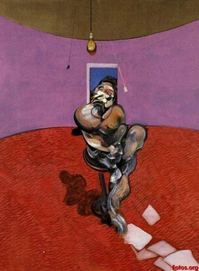 Nor would Bush have been at home in the Dark Ages. His privileged and tidy-minded version of the evangelical was unknown in the 14th century. Saying that century’s version of a spiritual aesthetic is notable in the age of Obama is not to link it to the stupidities of his predecessor.
Nor would Bush have been at home in the Dark Ages. His privileged and tidy-minded version of the evangelical was unknown in the 14th century. Saying that century’s version of a spiritual aesthetic is notable in the age of Obama is not to link it to the stupidities of his predecessor.
Belief is hardwired into temperament and capacity, not just experience. And yet with its ruinous temperature changes, unending wars, failed economies and corruption at the core of the Roman Catholic Church, the European 14th century serves as the model of a culture so decisive it overwhelms personal inclination.
What can be said of a world in which people crawled to church on bloodied knees along streets lined with stinking corpses to pray for the courage to kill the Jews? (See, Barbara Tuchman’s A Distant Mirror: The Calamitous 14th Century.)
That mirror continues to reflect darkly. In the aesthetic realm, this species of dark sight projects an inner light. It is not today’s dominant vision. There is no dominant vision, but it’s a force growing ever more prominent. Below, a few samples, not at all definitive.
1. Philip Guston 2. Susan Rothenberg 3. Joseph Mills 4.Nigel Cook and 5, 6 and 7. Anthony Pontius at Roq La Rue through May 2.
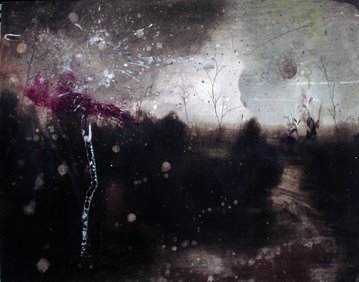



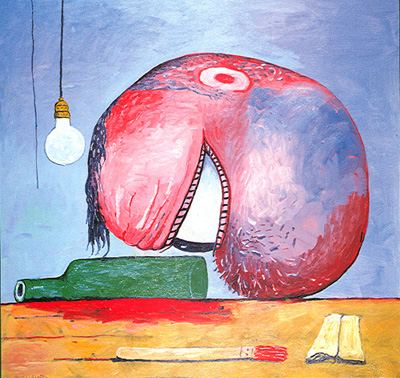
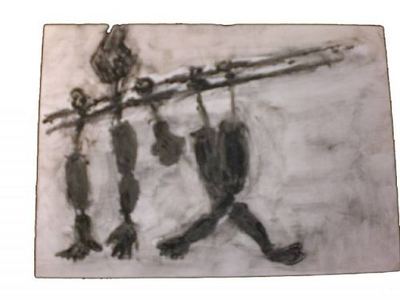
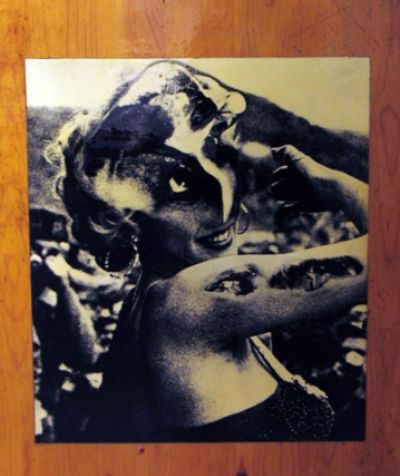
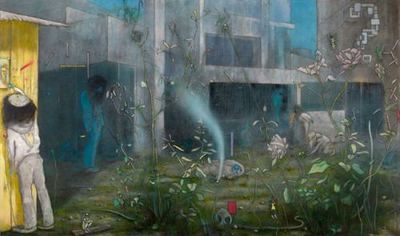
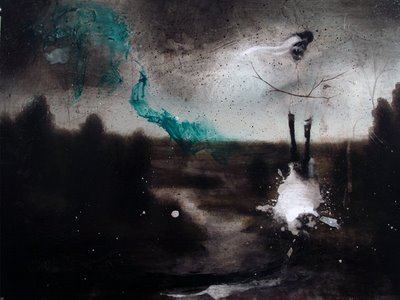
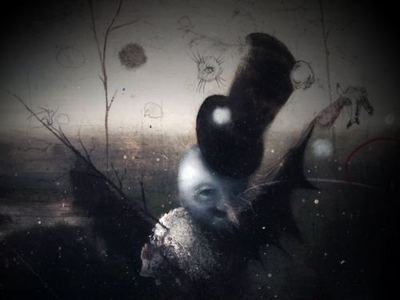
Leave a Reply